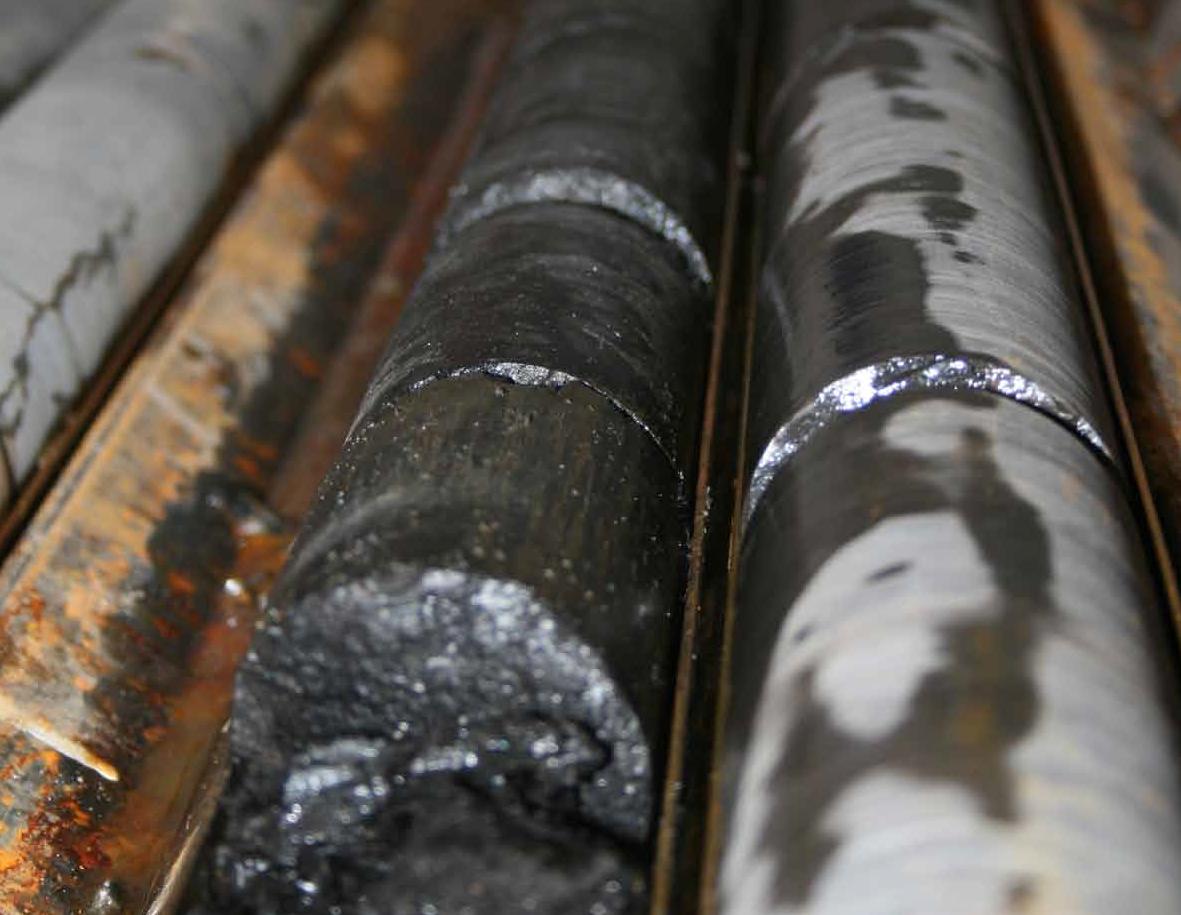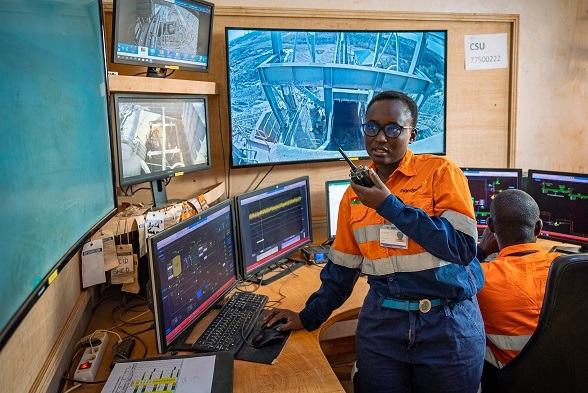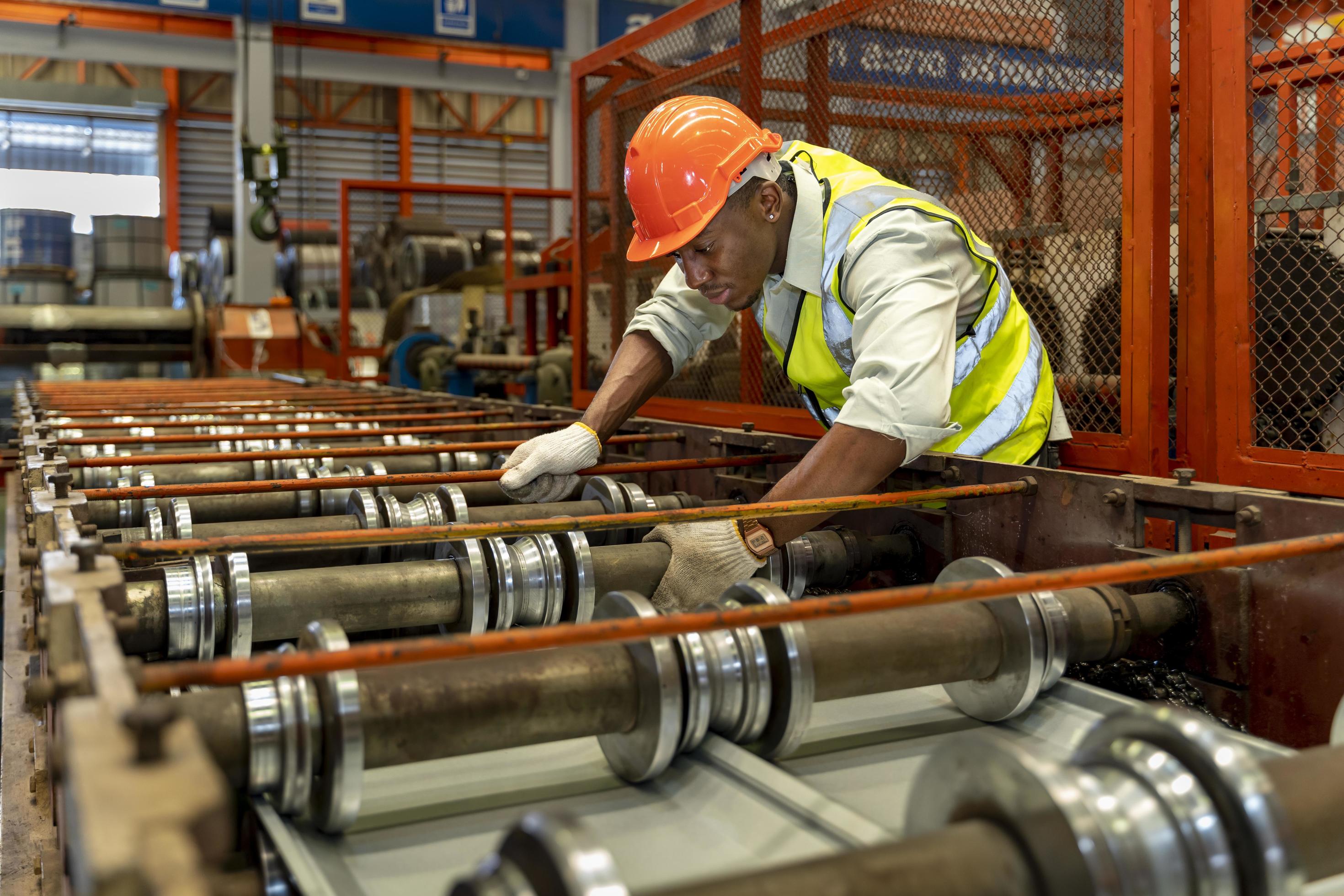
Cardero Resource Corp. plans to mine coal in Canada and iron ore in Ghana. Since acquiring the Carbon Creek asset in northeastern British Columbia its corporate focus is on being an owner-operated coal producer committed to responsible and sustainable mining, with strong and positive stakeholder relationships.
Cardero has a vision, and delivering that vision is Michael Hunter, the dynamic and vastly experienced president and CEO who brought the world class asset to the company back in 2009. Carbon Creek is the oldest coal deposit in British Columbia, having first been explored as early as 1909, but it remained largely undeveloped until the 1970s, when a fairly extensive drilling program took place. During the downturn of the following decade interest declined, then from the 1990s and early 2000s the deposit became the subject of a legal dispute.
Enter the Coalhunter (the name of Hunter’s company, which secured the asset by bringing together the rival parties around the same table). Faced with the need to raise development capital Coalhunter was on the point of going public when Hunter and Henk van Alphen, CEO of Cardero, decided that these two companies already had the chemistry to make a success of the mine. “In 2011 I folded the company into Cardero. It was the best thing for everyone. And Cardero acquired a world class asset.”
So what is so great about Carbon Creek? Firstly, it is top grade coking, or metallurgical, coal. Around 88 percent of global coal resources are thermal coal, an oxidized coal that has calorific value but does not have the capacity to make coke which is part of the steel making process. That leaves 12 percent to fuel the steel plants in China, India, Korea and Japan.
For a long time thermal and met coal were priced almost at par, explains Hunter. “Even as recently as 2003 there was not a massive separation. At that time we were selling high grade met coal for $42 loaded into the boat. I doubt you could mine it for that price today!” By 2005 the market changed as China went from being a net exporter to a net importer of coal. Though prices fluctuate day to day the current differential stands at around $210 for met coal as opposed to $70 for thermal.
Michael Hunter is a very rare animal, a coal man who speaks Chinese, studied Chinese at the University of Alberta, has visited China regularly and has even worked for a Chinese coal brokering company, Canadian Dehua. “As the only Caucasian there I had no choice but to get a certain level of proficiency!” He’s an admirer of the achievements of China in pulling 600 million people, twice the entire population of the USA, out of poverty creating in just two decades the largest middle class in history. In turn this created a huge demand for energy from thermal coal, he says. “And it creates a huge demand for met coal too, because they have huge infrastructure requirements.”
Suggestions that China’s thirst for met coal will peak then collapse are way off the mark, he believes. “The truth is that steel production tends to settle at about 80 percent of peak, and 80 percent of China’s estimated peak demand is still a multiple of what they consume today.” Add to that the demand from Korea and Japan, countries with significant steel production and virtually no domestic coal and the market for metallurgical coal begins to look very sustainable indeed.
The other great thing about Carbon Creek is that it is very quiet compared to other deposits in the Peace River coalfield. That’s a technical term that needs unpacking. The coal deposits are more or less flat when laid down in the Jurassic era, around 100 million years ago. Since then a lot of tectonic activity has folded and broken them so that some coal seams are highly fractured and deformed. But Carbon Creek is quiet, which means that the resource containing some 137 million tonnes of minable coal has remained even and relatively flat from where it outcrops, and continuing underground. In British Columbia that is unique.
This means that the coal lends itself to both surface and underground mining. The plan is to start with conventional truck and shovel mining and to continue with that for two or three years, transitioning to highwall mining, a technique that extends the life and viability of the surface resource. About 60 percent of the resource lies well below the surface though, and that will have to be reached after about the seventh year of mining by a traditional ‘room and pillar’ operation. There will be a blend of methodologies, he says, but none of them particularly challenging, thanks to the amenable layout of the coal seams.
With the fundamentals of market and accessibility in place, there remains one key element before investors will take the risk of putting their money into any resource. That is performance. Cardero has already delivered, in just over a year, progress enough to gain the confidence of the market that the mine will be in production by its target date of 2014. “We have been fortunate in achieving some key milestones here over the last year,” claims Hunter.
The first of these was to get the right people in place, and a key appointment was that of Angus Christie as chief operating officer, an industry heavyweight with recent experience in the Peace River coalfield. Christie’s appointment in May was followed closely by the signing of a 15 year agreement with Ridley Terminals at Prince Rupert for the shipment of Carbon Creek’s coal. Also in May, the environmental baseline for the project was accepted, and in June it received its mining license from the Province of British Columbia. “Those four key factors have allowed us to do in the last seven or eight months what often takes several years to accomplish,” says Hunter.
The pace is not about to slacken. A pre-feasibility study will be out at the end of October this year, followed by a bankable feasibility study at the end of June 2013. “That will put us into a position to submit a mine application about the middle of 2013.” Allowing for the normal six-month processing period, he expects to be granted a license to operate by the British Columbian authorities by the end of next year, on target for first coal in the second half of 2014.
A beneficiation plant will be built on site to ensure that the coal is consistent, a key requirement of steel producers. “With met coal you have to hit your exact specifications every time.” Once clean, there are two potential routes to Prince Rupert, either by truck and train or by barge through Lake Williston to a railhead at Mackenzie; either way it will be delivered efficiently to Prince Rupert and the seaborne market.
Like most successful CEOs Hunter believes that people create success or failure. “I have no interest in mediocrity,” he says. So he wants to augment his team with the top talent in the business, not the best on the job market. Recruitment, he says, is about paying people enough so they are not always looking for a better deal. Retention is another matter. From 1993 Hunter spent almost a decade working for Bullmoose mine at Tumbler Ridge, much of it as a union representative. “We had two mines close to one another. One had about 30 percent turnover a year; the other three to four percent. The difference was in how the management team treated the workforce.”
People who feel they are genuinely valued for their opinion will enjoy going to work and perform better, he believes. In defiance of normal practice the blasters at Bullmoose took no instruction from the engineering team; they designed every blast throughout the life of the mine. “Who knows the geology and the quirks of the deposit better than the guys doing the job in the field? Use their expertise!” So the culture of this organization, and the speed with which it has shown it can deliver, depends on the consensus of every member of the workforce at Carbon Creek. “We have worked very hard to stay on track and our objective to 2014 is to stay there, show we can break the mold, and fast track the project to production.”
Written by John O’Hanlon; research by Richard Halfhide
DOWNLOAD
 CaderoCoal-AM-Sept12-Bro-s.pdf
CaderoCoal-AM-Sept12-Bro-s.pdf













